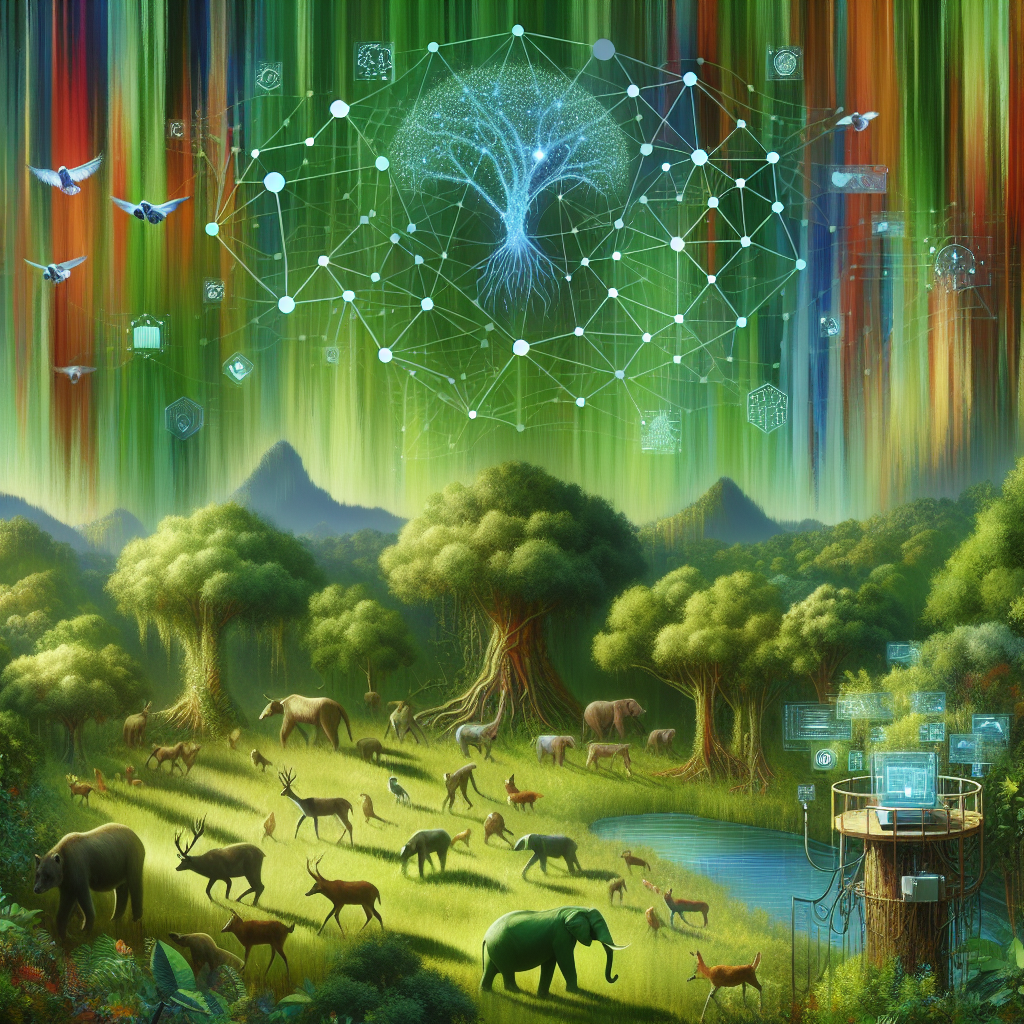Wildlife monitoring and conservation are essential practices in protecting our planet’s biodiversity. With the increasing threats to wildlife populations such as habitat destruction, climate change, poaching, and pollution, it is more important than ever to leverage technology to aid in these efforts. One such technology that has shown great promise in wildlife monitoring and conservation is artificial intelligence (AI).
AI refers to the simulation of human intelligence processes by machines, including learning, reasoning, and self-correction. When applied to wildlife monitoring and conservation, AI can help in various ways, such as analyzing large sets of data, identifying patterns, detecting anomalies, and making predictions. This can greatly enhance the efficiency and accuracy of wildlife monitoring efforts, ultimately leading to more effective conservation strategies.
One of the key ways AI is being used in wildlife monitoring is through the use of camera traps. Camera traps are remote cameras that are triggered by motion and heat, allowing researchers to capture images and videos of wildlife in their natural habitats. AI algorithms can be trained to analyze these images and videos, automatically identifying and classifying different species. This can save researchers countless hours of manual labor, allowing them to focus on other important aspects of their work.
AI can also be used to analyze acoustic data collected from various habitats. By training AI algorithms to recognize the calls and sounds of different species, researchers can monitor wildlife populations without the need for human intervention. This can be especially useful in monitoring elusive or nocturnal species that are difficult to observe directly.
In addition to monitoring wildlife populations, AI can also be used to predict and prevent conflicts between humans and wildlife. For example, AI algorithms can analyze data on human-wildlife interactions, such as crop damage or livestock predation, and predict when and where conflicts are likely to occur. This information can then be used to implement targeted intervention strategies to reduce conflicts and protect both wildlife and human livelihoods.
Furthermore, AI can help in the identification and tracking of individual animals. By analyzing patterns in data such as footprints, DNA samples, or satellite imagery, AI algorithms can help researchers identify and track individual animals over time. This can provide valuable insights into animal behavior, movement patterns, and population dynamics, helping researchers make informed decisions about conservation strategies.
Overall, leveraging AI for wildlife monitoring and conservation has the potential to revolutionize the way we protect and preserve our planet’s biodiversity. By harnessing the power of AI to analyze vast amounts of data, identify patterns, and make predictions, researchers can gain valuable insights into wildlife populations and habitats, leading to more effective conservation efforts.
FAQs:
Q: How accurate is AI in identifying wildlife species?
A: AI algorithms have been shown to be highly accurate in identifying wildlife species from camera trap images and acoustic data. However, like any technology, there may be errors or misclassifications, especially with rare or poorly documented species. It is important for researchers to validate AI results with manual checks to ensure accuracy.
Q: Can AI be used to track endangered species?
A: Yes, AI can be used to track endangered species by analyzing data such as satellite imagery, DNA samples, and acoustic data. By identifying and tracking individual animals, researchers can gain valuable insights into endangered species populations and habitats, helping inform conservation strategies.
Q: How can AI help prevent human-wildlife conflicts?
A: AI can help prevent human-wildlife conflicts by analyzing data on human-wildlife interactions and predicting where and when conflicts are likely to occur. This information can be used to implement targeted intervention strategies, such as building fences, using deterrents, or implementing conservation education programs, to reduce conflicts and protect both wildlife and human livelihoods.
Q: What are some challenges in using AI for wildlife monitoring and conservation?
A: Some challenges in using AI for wildlife monitoring and conservation include the need for large amounts of high-quality data for training algorithms, the potential for bias in AI algorithms, and the need for validation and verification of AI results. Additionally, ethical considerations such as data privacy and animal welfare must be taken into account when using AI in wildlife monitoring and conservation.

